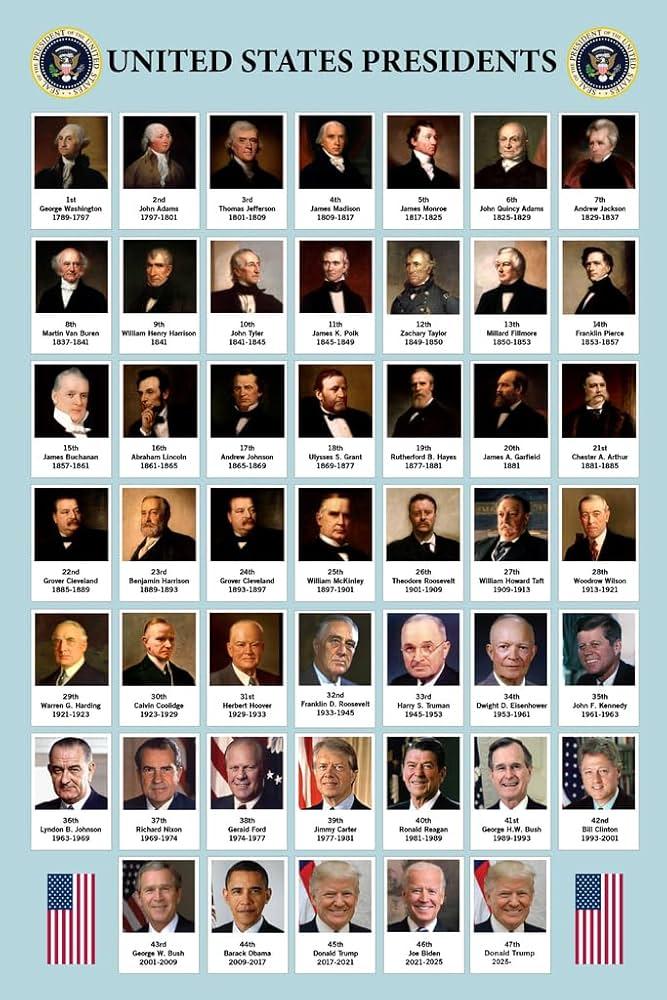Transactional Foreign Policy: A Historical Perspective and Trump’s Distinct Approach
In the sphere of international relations, transactional foreign policy has been a defining characteristic of American presidential strategies. U.S. leaders have historically engaged in global diplomacy by utilizing economic and political exchanges to advance national interests. From Franklin D. Roosevelt’s strategic negotiations to Barack Obama’s intricate alliances, the common thread has been a calculated exchange of benefits. However, Donald Trump’s presidency introduced a significant shift in this established framework. His bold and unconventional style not only altered the dynamics of American diplomacy but also sparked vigorous discussions regarding its effects on global stability and America’s reputation worldwide. This article delves into the historical evolution of transactional foreign policy in the United States while examining how Trump’s unique methods have redefined expectations, strategies, and outcomes within international relations.
Historical Context of Transactional Diplomacy: The Changing Tactics of US Presidents
The United States has a rich history of employing transactional diplomacy, with varying techniques influenced by each president’s priorities. Throughout time, American leaders have aimed to harness their nation’s power and resources for strategic gains through negotiations based on mutual advantage. For instance, President Ronald Reagan focused on arms control with the Soviet Union—a blend of ideological conflict and practical negotiation—while President Bill Clinton emphasized trade agreements that prioritized market access as tools for diplomatic engagement. These approaches have significantly shaped foreign relations and redefined alliances.
In contrast to his predecessors’ styles, Donald Trump adopted an approach that was markedly more confrontational and direct during his presidency. He placed greater emphasis on immediate national interests rather than adhering to established diplomatic protocols.His administration favored bilateral agreements, often opting out of multilateral commitments in favor of singular deals he considered advantageous. Noteworthy examples include his renegotiation efforts surrounding NAFTA without consulting other signatories as well as his demands for increased defense spending from NATO allies framed around American expectations for reciprocity. This transformation not only reshaped U.S.-led diplomacy but also reverberated across global political landscapes—prompting both concern and reassessment among allies and adversaries alike. Trump’s legacy may usher in an era characterized by more explicitly transactional relationships.
Trump’s Negotiation Style: Redefining International Relations
Donald Trump’s methodology towards foreign affairs represents a clear departure from conventional diplomatic practices; he often favors a more aggressive transaction-oriented style over traditional negotiation tactics focused on long-term partnerships. His approach has shifted global expectations by prioritizing immediate results over enduring collaborations—often making headlines through an unusual combination of personal charisma paired with assertive posturing that can blur distinctions between diplomacy and deal-making.
The following key tactics exemplify Trump’s distinctive negotiation strategy:
- Personal Engagement: His readiness to engage directly with leaders such as Kim Jong-un illustrates his belief that personal connections can supersede formal protocols.
- Utilization of Threats: The imposition of trade tariffs has become central to his strategy aimed at extracting concessions from nations previously enjoying favorable arrangements.
- A Focused National Agenda: By emphasizing “America First,” many agreements reflect a zero-sum perspective which prompts reevaluation among allies regarding their relationships with the U.S.
The impact stemming from Trump’s unique negotiating style is evident across various countries; below is an overview highlighting key actions taken during his administration along with their outcomes:
| Nations Involved | Description/Action Taken | Your Outcome Summary |
|---|---|---|
| DPRK (North Korea) | Sit-down Summit in Singapore | Pioneering engagement yet limited progress toward denuclearization commitments achieved. |
| P.R.C (China) | Tariff Implementation Strategy | Eruption into trade conflict yielding mixed results concerning restructuring existing trade frameworks. |
| Mexico & Canada | Culmination into USMCA Agreement |
Looking Ahead: Strategies for Successful Transactional Diplomacy
The practice surrounding transactional diplomacy continues shaping interactions between U.S presidents despite evolving methodologies throughout history . Leaders like Eisenhower or Clinton relied heavily upon economic incentives coupled alongside collaborative negotiations emphasizing alliances rooted within multilateralism . Conversely , under Trump , unilateral perspectives gained traction marked distinctly via *America First* policies leading profound shifts regarding how America engages globally favoring direct dealings instead traditional channels . Such implications raise critical inquiries about sustainability concerning international partnerships along potential long-term ramifications impacting governance worldwide . To navigate this changing landscape effectively future administrations should consider adopting several essential lessons including : p >
- < strong >Establish Clear Goals :< / strong > Clearly define objectives prior entering discussions ensuring focused dialogues occur .< / li >< li >< strong >Foster Relationships :< / strong > Build rapport amongst counterparts facilitating trust collaboration even within transaction-driven engagements .< / li >< li >< strong >Maintain Flexibility :< / strong > Be adaptable adjusting strategies according shifting geopolitical contexts yielding better outcomes overall .< / li > ul >
These recommendations underscore balancing transactionality while committing towards fostering lasting partnerships ensuring diplomatic evolution promotes cooperation rather than conflict .
Conclusion & Future Prospects
In summary , America’s journey through foreign policy reflects longstanding reliance upon transactions however recent years witnessed notable transformations particularly under Donald Trump who emphasized overtly personal direct styles reshaping norms governing diplomatic interactions raising pertinent questions about implications faced moving forward both domestically internationally alike As we transition into new phases concerning international relations it remains uncertain precisely how legacies stemming from Trumps tenure will influence future roles played by United States globally whilst simultaneously addressing delicate balances required maintaining national interests respecting established norms guiding effective cooperation amongst nations involved going forth .









